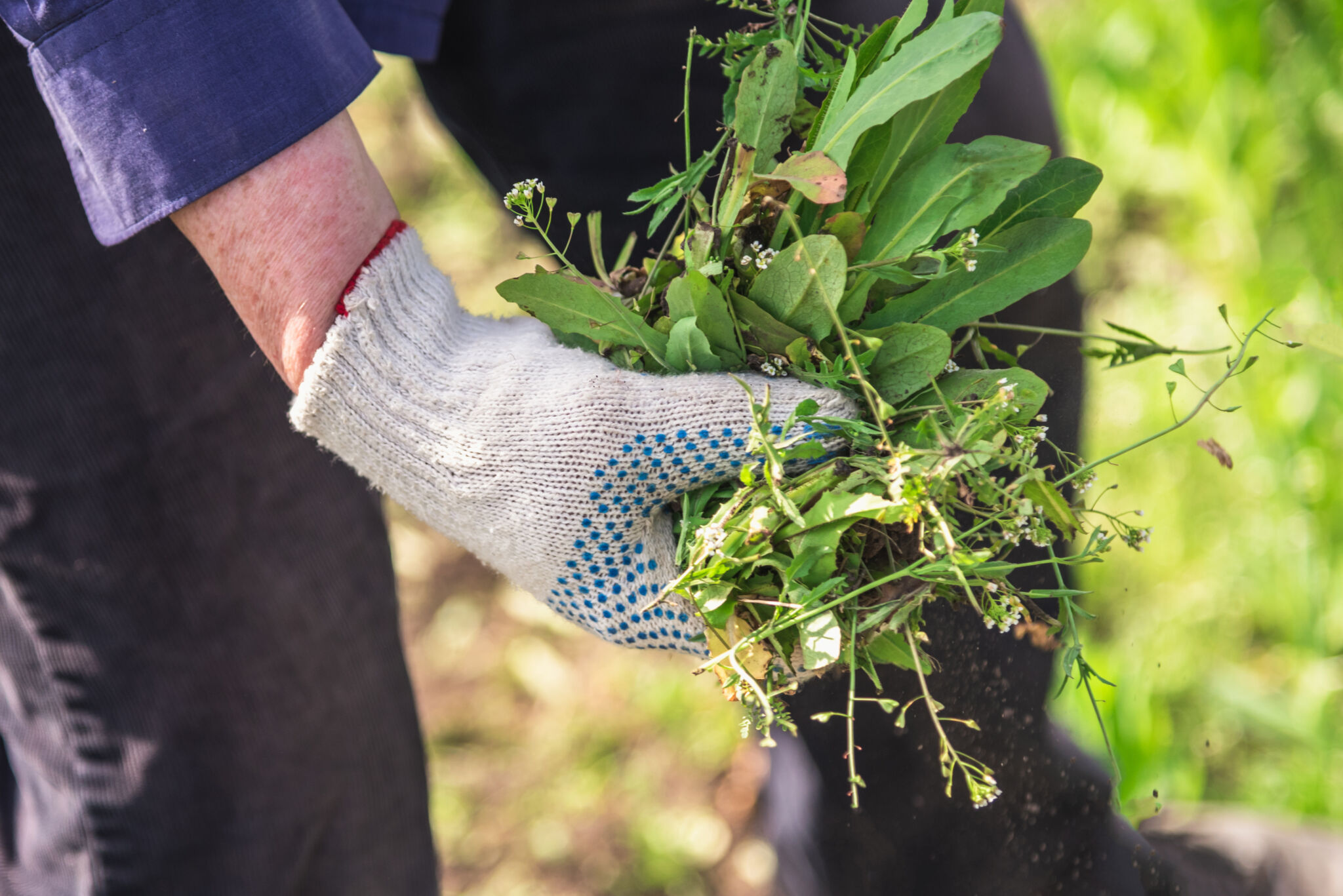5 Types of Lawn Weeds to Keep Your Eye On
Having a lawn full of weeds is more than an eyesore—it’s an environmental nuisance. Weeds grow at faster, stronger rates than grass, and they absorb all the nutrients in their vicinity, eventually choking out the healthy grasses that once covered your lawn.
And if you have weeds on your lawn, chances are several types are growing together. A weed takeover can be annoying, and treating your weeds may require a unique approach, depending on which weeds are in your yard. While it can be difficult to tell which weed is which, here are five common weeds found in Georgia, tips to identify them, and information about how to remove them once and for all.
What Are the Most Common Lawn Weeds in Middle Georgia?
To know the best strategy for tackling the weeds in your yard, you need to know the weeds that are most likely to appear and take over:
Annual Bluegrass (Poa Annua)
As the name suggests, annual bluegrass is a weed that can appear year after year, popping up in late summer and dying off by the time the next summer rolls around. Annual bluegrass germinates in late summer or early fall once temperatures begin falling below 70 degrees.
This weed has long, narrow leaves at its base, and when left untreated or unmowed, it will grow about 6-8 inches tall. Its roots do not grow deep like some weed species, but that doesn’t mean it’s any less of a nuisance to home or property owners in the Middle Georgia area. Thanks to its seed clusters, the seeds of annual bluegrass spread quickly and easily; without treatment, it is possible and probable for the weed to take over.
Crabgrass
Crabgrass is an annual weed that pops up in warmer months, especially early spring, and can persist all season long until it dies off in late fall or winter.
Overall, crabgrass does not grow tall, although its seed head can shoot up about 12 inches in height. For the most part, though, crabgrass does grow wide with long, thin leaves growing outward from the area of emergence.
One of the biggest reasons crabgrass is such a problem for lawn maintenance is the seed head. Each head contains thousands of seeds that spread quickly and can remain dormant in the soil until its germination period arrives. Once the soil reaches 50 degrees or higher, crabgrass seeds will begin to germinate, grow, and spread, wreaking havoc on lawns across Middle Georgia.
Dallisgrass
Similar to crabgrass, dallisgrass is a weed that appears in the springtime and seems to disappear by winter. It grows close to the ground and has thin leaves that spread outward from the area of emergence; plus, it has a stem with an attached seed head that grows to about a foot tall. In fact, dallisgrass and crabgrass are often confused with each other as they appear around the same time and look so similar.
Dallisgrass is a perennial weed with a root system that remains alive but dormant during the winter months. Once temperatures reach 60 or above, this weed reemerges for the remainder of the warm season.
Dandelions
Dandelion is also a perennial weed that appears in the springtime and spreads rapidly. Thanks to its tuft of seeds, which are easily blown or knocked off the stem, dandelions often germinate and grow close to each other. Without treatment or control, you could experience a total dandelion takeover of your lawn.
Another thing that makes dandelion control so tricky is its root system. While many weeds have weak or shallow roots, dandelion roots tend to grow six to twelve inches into the ground. (Some have discovered dandelions with root systems up to 15 feet deep!) Plucking dandelions out of your yard is no easy task, and chances are that not all of the roots will come up through pulling.
Nutsedge
Nutsedge, sometimes called nutgrass, is a perennial weed that looks like grass to an extent but still has distinguishable stems, leaves, and seedheads that are usually thicker than most grasses. There are several varieties of nutsedge, including yellow sedge and purple sedge, and it emerges in the spring when the weather starts warming up.
Nutsedge is unique because when it roots, it grows tubers (often called nutlets because of their appearance). Each tuber can produce up to 100 additional shoots, forming thousands of more tubers throughout its underground system. Because the tubers can live up to four years or more and produce shoots that emerge under the right conditions, nutsedge is a difficult-to-treat weed that requires skill, expertise, and continued maintenance.
Additional Weeds to Be Aware Of
- Burnweed – A large spring weed that emerges rapidly, grows big and tall and can be challenging to get rid of.
- Clovers – A shallow-rooted weed that creeps along the ground to grow in small to large patches. Clovers produce seed-spreading flowers. Although less unsightly than other weeds, clover patches can still be considered an eyesore for homeowners.
- Creeping Charlie – Also called ground ivy, this weed spreads seeds and grows along the ground through a system of vines, making it a tough weed to pull and remove.
- Goosegrass – A summer weed, goosegrass looks a lot like crabgrass and is most prevalent in areas with compacted soil.
Take Back Your Lawn With Weed Control Services From Mid Georgia Turf Solutions.
Our weed control experts know the weeds that are most common in Middle Georgia lawns and most aggravating to homeowners across the area. If you have any of these weeds or others that you would like to eradicate, schedule weed control service with us today. Our 8-step weed control application takes place throughout the year to ensure we attack your weeds and eliminate them for good while nourishing your grass and restoring your lawn.
Call about our weed control services today: 478-992-5705


 Like Us!
Like Us!